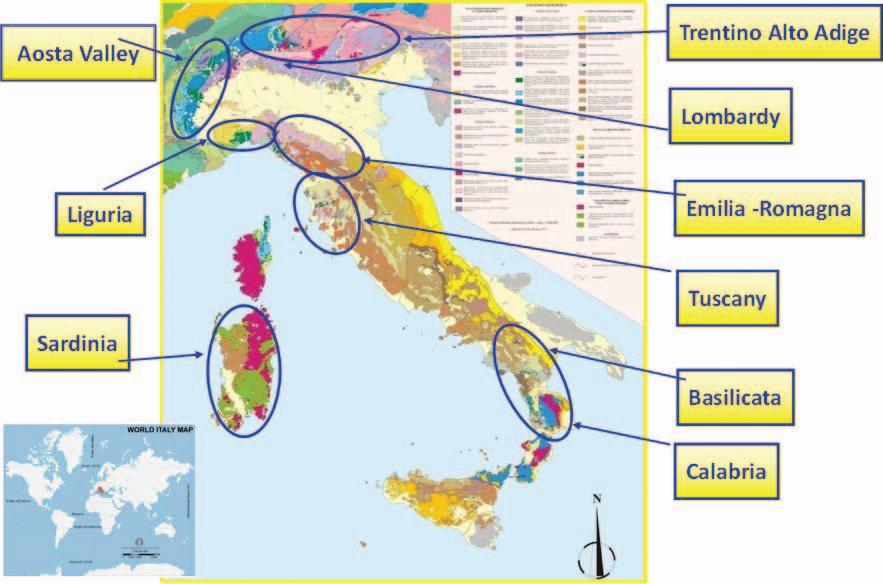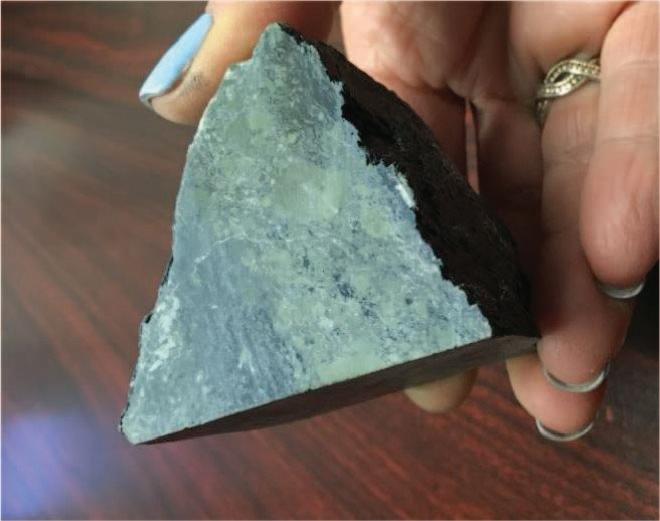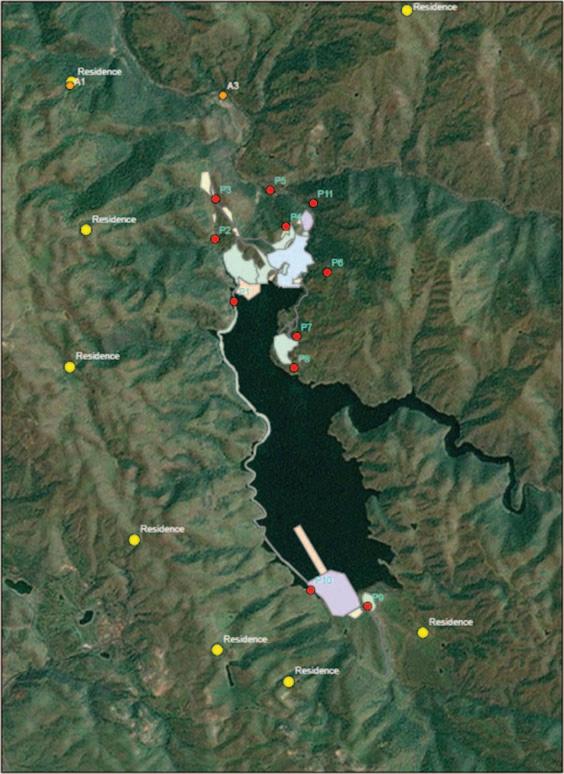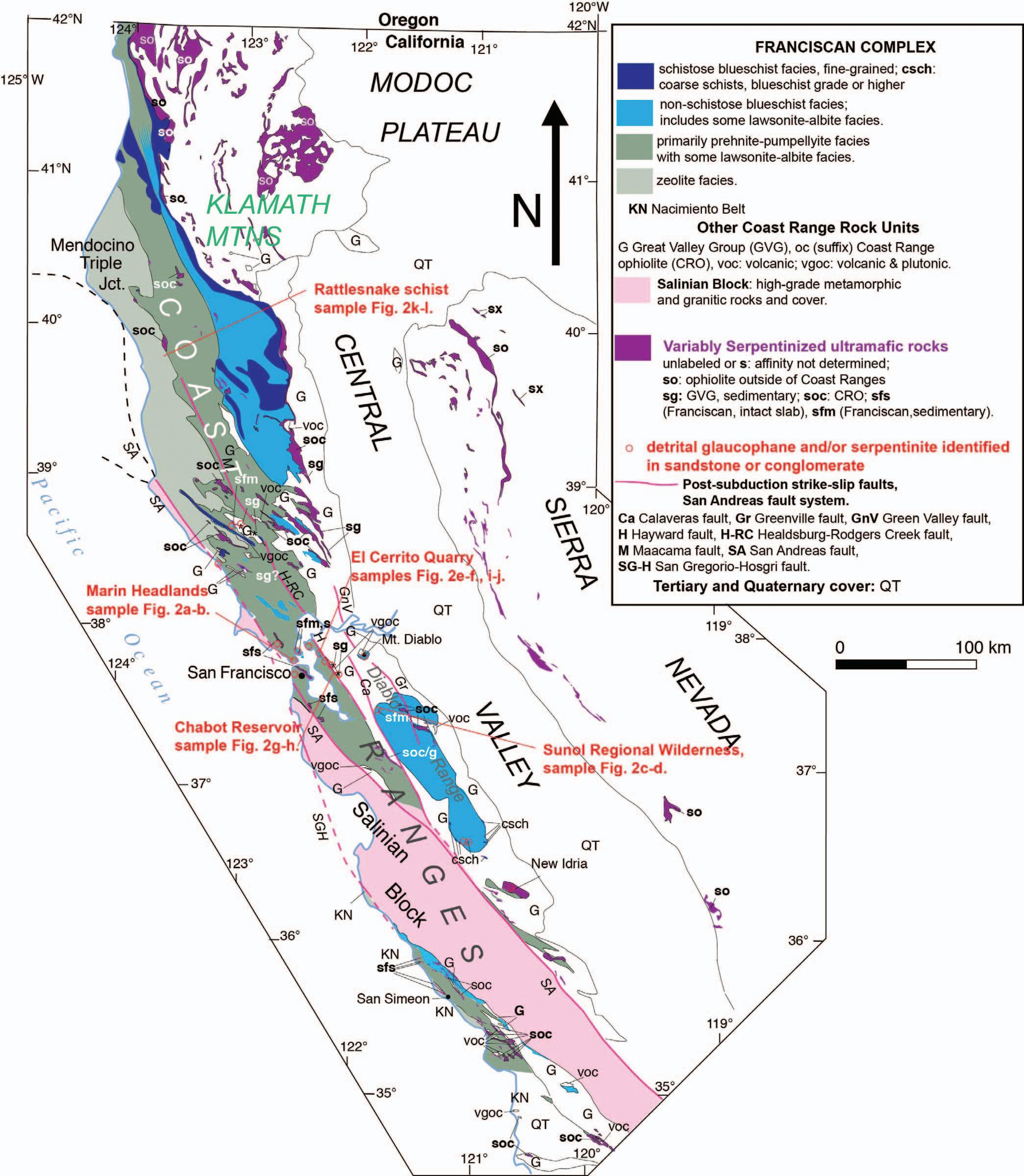Foreword to the Environmental & Engineering Geoscience Special Edition on Naturally Occurring Asbestos R. MARK BAILEY Asbestos TEM Laboratories, 600 Bancroft Way, Suite A, Berkeley, CA 94710
SARAH KALIKA Cornerstone Earth Group, 1220 Oakland Boulevard, Suite 220, Walnut Creek, CA 94596
This special issue of Environmental and Engineering Geoscience (E&EG) is an outgrowth of the Naturally Occurring Asbestos (NOA) Symposium held as part of the combined XIII Congress of the International Association for Engineering Geology and the Environment (IAEG) and the Annual Meeting of the Association of Environmental and Engineering Geologists (AEG) in September 2018 in San Francisco, CA. Thirty-three oral presentations, three posters, an international panel discussion, and a field course were presented over the 3 days of the symposium. At the conclusion of the symposium, it was proposed to memorialize the findings and state-of-the-art practices described by the presenters by compiling many of the presentations into papers to be published in a special journal issue; this is the result. Additionally, several NOA Symposium presenters, along with the cochairs of AEG’s NOA Technical Working Group, submitted a proposal to IAEG’s Executive Committee to form an IAEG Commission on NOA, which was approved on September 22, 2019. This special edition of E&EG is the first product of IAEG Commission #39 on NOA with all commission members writing articles for and/or reviewing the included papers. Naturally occurring asbestos (NOA) is found in a wide variety of geologic rock types and environments, almost always as the result of metamorphism of pre-existing rocks. When mobilized into the air during ground-disturbing activities, NOA fibers may cause lung cancer, mesothelioma (cancer of the tissue that surrounds the lungs), and other types of lung disease, representing a potentially serious hazard to workers and the general public. The presence and mitigation of NOA can also have a significant impact upon infrastructure projects such as dams, highways, and tunnels, where heavy construction inevitably generates large quantities of dust, requiring extra measures to control. NOA-containing rocks are found around the world, though most often concentrated in areas that have experienced some degree of moun-
tain building where plate-tectonic collisions have occurred. Unlike industrial and building materials, where asbestos from a limited group of minerals often called “regulated asbestos” (serpentine chrysotile and the asbestiform amphibole varieties of riebeckite, grunerite, anthophyllite, tremolite, and actinolite with narrow chemical compositional ranges) was intentionally added, the range of asbestiform mineral-bearing rocks is far larger and includes the “non-regulated” varieties of the fibrous amphiboles winchite, richterite, glaucophane, ferro-glaucophane, magnesio-riebeckite, arfvedsonite, fluoro-edenite, and others that are still being discovered. Notably, erionite, a fibrous zeolite not considered to be structurally similar to chrysotile or amphiboles, has been implicated in causing mesothelioma in certain populations, and is included in discussions of NOA. This wide range of non-standard occurrences of asbestiform minerals often makes assessment, control, and abatement exceptionally difficult and expensive. The relatively new field of concern regarding NOA has experienced rapid changes in understanding. Just 8 years ago, at the Calaveras Dam Replacement Project (CDRP) in Fremont, CA, a new type of asbestos mineral, fibrous glaucophane (a close relative of riebeckite and sometimes considered to be a form of crocidolite) was identified for the first time. Fibrous glaucophane was present as a large-scale occurrence and had a major impact on the construction of the new dam. At the IAEG Congress/AEG Annual Meeting in 2018, AEG honored Kleinfelder and the San Francisco Public Utilities Commission (SFPUC) with the Outstanding Environmental and Engineering Geology Award for their work at the CDRP site, which acknowledged how the project dealt with the (at times overwhelming) issue of identification and mitigation of NOA in rock, soil, and dust. Since the identification of fibrous glaucophane at CDRP, several other similar occurrences have been identified in California, and it is reasonable to expect additional occurrences around the world will be identified in time.
Environmental & Engineering Geoscience, Vol. XXVI, No. 1, February 2020, pp. 1–2
1





















